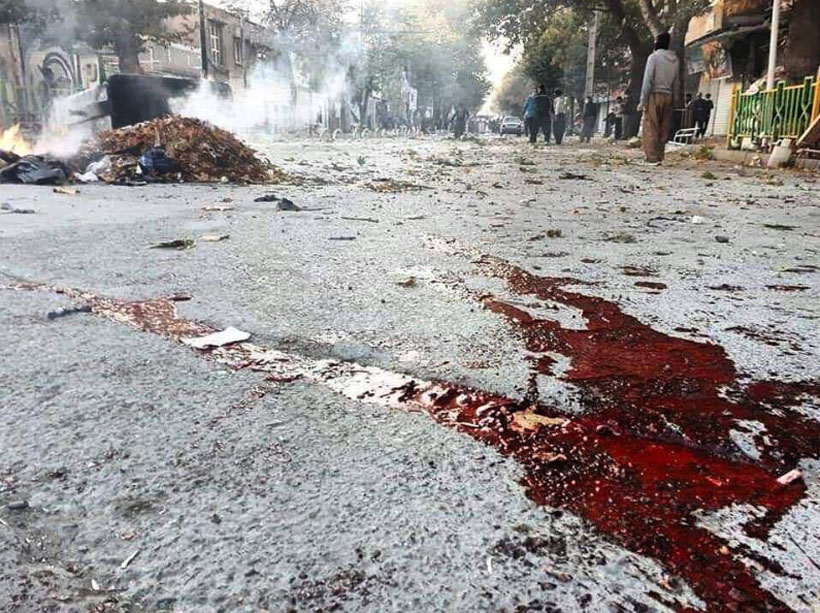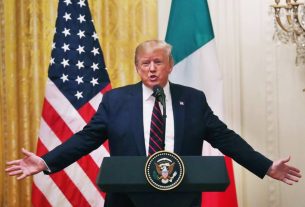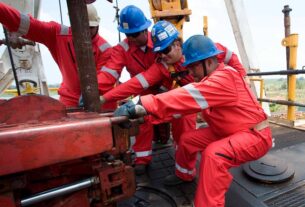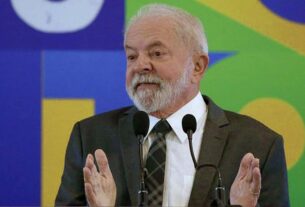Streets of Marivan (Kurdistan Province, Iran) Tuesday Nov 19, 2019.
Wed 20 November 2019:
Iran’s security forces may have killed more than 100 protesters as part of a brutal crackdown on demonstrations that is being carried out amid a nationwide Internet shutdown, Amnesty International said in a report Tuesday.
The government has acknowledged only five deaths, including four members of the security forces, and has blamed the protests on foreign enemies and saboteurs. If confirmed, the higher death toll would signal a much wider scale of unrest — a crisis taking place under a near-total information blackout.
London-based Amnesty said that at least 106 demonstrators have been killed in 21 cities since protests began Friday, citing what it said was verified video footage and credible witness testimony.
Security forces have used firearms, water cannons and tear gas to disperse protests, according to the report, which also cited the use of live ammunition.
“Connectivity to the outside world has fallen further to 4% of normal levels,” the group said.
The moves to stifle the flow of information come as local media reported the deaths of three members of the security forces near the capital, Tehran, overnight.
Two members of the Basij paramilitary force and a commander in the elite Revolutionary Guard Corps were stabbed to death in the city’s suburbs, the semiofficial Fars News Agency reported.
The United Nations on Tuesday also condemned the use of live ammunition by security forces. State media published images of burned-out buildings, charred vehicles and shattered storefronts in cities such as Isfahan, Shiraz and Tabriz.
“Today, there were more officers everywhere in the city … in the east and west [of Tehran], nighttime clashes were widespread,” journalism student Amir Yaghoubali, who said he managed to connect briefly to the Internet, posted on Twitter early Tuesday.
“People are unaware of even the protests in Tehran, let alone in other cities,” he said, adding that he witnessed immense destruction of property and buildings in the eastern part of the capital.
Officials said the fuel price hikes would raise funds for cash handouts to the poor, the first of which the government said would be distributed this week. But ordinary Iranians suffering under soaring inflation and fed up with corruption and waste balked at the decision. In recent days, protesters have ransacked and burned gas stations, banks and government buildings in major cities.
Officials have sought to downplay the scale of the protests, saying that key instigators of the violence have been identified and arrested. State media reported that at least 1,000 people have been detained.
“Calm has been restored in the country,” Gholamhossein Esmaili, a spokesman for the judiciary, said at a news conference Tuesday, local media reported. “A large number of saboteurs and rioters . . . have been identified.”
But Amnesty said that it had viewed verified video footage of riot police smashing windows of cars with drivers still inside. Hundreds of protesters had blocked roads with their cars.
One resident who said he left his vehicle on the road between Tehran and Karaj, west of the capital, later found it with its windshield shattered by a bullet. The resident spoke on the condition of anonymity out of fear of reprisals by security forces.
In Karaj and Shahriar, also west of Tehran, residents reached by telephone described widespread damage to government buildings. Two of the security personnel killed Monday night were reported to have been attacked near Shahriar.
In the Hengam district in east Tehran, one resident reported hearing gunfire into the night Monday. Another said he was summoned by police, who accused him of participating in the demonstrations. A resident of Isfahan in central Iran said buildings in some parts of the city were either burned or “completely destroyed.”
“The frequency and persistence of lethal force used against peaceful protesters in these and previous mass protests, as well as the systematic impunity for security forces who kill protesters, raise serious fears that the intentional lethal use of firearms to crush protests has become a matter of state policy,” said Philip Luther, Amnesty’s research and advocacy director for the Middle East and North Africa.
The protests have underscored the frustration among ordinary Iranians who have watched Iran’s currency plummet and their savings evaporate. Similar cuts to subsidies set off demonstrations nearly two years ago.
Under the new order, the price of gasoline was raised from 10,000 to 15,000 rials, or 13 cents per liter (50 cents per gallon).
Consumers are allocated 60 liters of gas at the minimum price, after which they will be charged double the amount per liter. Previously, consumers could buy as many as 250 liters at the subsidized price.
On Tuesday, Iran’s consumer protection agency said it was prohibiting suppliers from raising the price of goods on the orders from the Ministry of Industry, Mines and Trade.
Officials conceded that they botched the rollout of the subsidy cuts, announcing the price increase in a late-night decree ahead of the weekend. Iran maintains the world’s fourth-largest proven crude oil reserves and has some of its highest fuel subsidies, which economists say encourages waste.
“Maybe we weren’t able to explain properly the benefits of implementing the plan,” government spokesman Ali Rabiei said Tuesday, the Iranian Students’ News Agency reported. “But I believe a fair decision was made to make subsidies more targeted.”
He said Internet access would be restored gradually across the country once the protests had subsided.
“Many businesses, banks and other professions that depend on the Internet have faced problems. We are trying to solve this,” he said. “But the bigger concern in the current situation is maintaining peace and stability in the country.”
Think your friends would be interested? Share this story!





